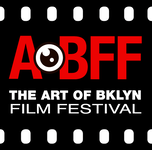|
Art of Brooklyn co-founder Anthony DeVito recently came across a Facebook group that posts photos of the (quite large) parts of Kings County that don’t get much attention online. The Southern Brooklyn Scrapbook never ceases to amaze Anthony (born and raised in Southern Brooklyn himself) with its obscure images and lively discussions, so he got in touch with creator K C van Sandt, who had a lot to say about his enthusiasm for Brooklyn, what counts as 'real' history, and the challenges involved in curating a public group online. Why did you decide to create a group posting photos from this part of Brooklyn? For me, it’s a way to keep alive certain geographically specific aspects of American cultural history — ones that happen to have formed a huge part of my identity — that I think can easily get lost in the absence of a systematic effort to preserve them. Best way I could describe it is that on one hand, you have what I’d refer to as history “in a book.” In other words, history that is treated in a scholarly manner, with detailed footnotes and references. The kind of thing where the given author or historian might not even possess any real or direct connection to the subject matter, and where it’s basically like taking something and putting it under a microscope in an almost clinical way. And many historical entities or occurrences do actually benefit from that type of treatment, I think. Wars, or biographies, or political history, or the history of Renaissance painting... whatever. Those are the types of things that you see get written about in history books. But then there’s a whole ‘other’ type of history — I guess you could say social history, or oral history. I’m talking about things that one might not immediately equate with historical “importance,” per se (i.e., in the same way that, say, the Norman Conquest or the Magna Carta are typically — and rightfully — viewed as “important”), but that nonetheless might hold HUGE personal significance for people whose lives they touched. Many examples of such things can be found in the experience of growing up in a particular neighborhood. Basically, the entities that you interact with on a daily basis during that period of your life — stuff like your local grocery store, or pizza shop, or maybe a bowling alley. These places, along with the people with whom you crossed paths in them (be they store owners, or classmates, or perhaps a family doctor, etc.), collectively function, I think, as the very building blocks of the most intimate and indelible memories of your whole life. And yet, even though you can walk into practically any bookstore and find on its shelves literally dozens upon dozens of books about, say, the JFK assassination — books packed with hundreds and hundreds of tiny, meticulously researched details concerning the chronology of just that ONE DAY, and written by a seemingly endless number of authors — when it comes to the history of pork stores along the avenue that you grew up around, you’d be hard-pressed to find even one printed publication that focuses on that. In other words, I think that stuff like that can suffer from an unfortunate tendency to fall through the cracks, in terms of actually being documented anywhere. And yet — for me, at least — that very same stuff is of *tremendous* importance, and I mean both personal and cultural. So, unless people keep the memories of certain places or things or people or cultural traditions alive, I think those things can easily be forgotten over time. An example would be something like the phrase “sliding pond.” Not sure if that is specifically a Brooklyn phrase, but I’m pretty sure that it would at least qualify as a New York City phrase. If you were to say “sliding pond” to someone from Wichita, he or she would probably have no idea what you’re talking about. But among people who grew up in southern Brooklyn during certain decades of the twentieth century, that term requires no translation whatsoever. Anyway, I think one of Facebook’s clear strengths is that its various discussion groups provide a good framework for discussions about such subjects to be held, and thus documented, even if the nature of the actual documentation is casual or ephemeral. I say “ephemeral” because a lot of times on these groups, many truly incredible posts made by members — be they firsthand personal accounts of some specific aspect of neighborhood life during past decades, or old family snapshots that happen to have captured some long-vanished storefront along a particular local avenue, or fragmentary home movies that offer a candid glimpse into the daily goings-on of a past era — can, over time, unfortunately become hidden in collapsed comments sections, or pushed so far down the given group’s wall as to effectively become buried, so to speak. But the point is, whether or not this content winds up fading into these groups’ respective backgrounds, it is technically still “there” the whole time (and, better yet, fully searchable and accessible). In short, the existing architecture of Facebook groups affords these kinds of anecdotes and information a place to reside and/or to be collected — that is, to tangibly exist SOMEWHERE — should some person out there care to learn more about such esoteric history. Sadly, the last time I checked, there does not appear to be any multi-volume encyclopedia that I can reach for to determine the first name of the guy who was behind the counter at such-and-such a neighborhood pizzeria in, say, 1977. But that, in a nutshell, is precisely where these Facebook groups tend to excel, and where their true “magic” lies. Anyway, I decided to create Southern Brooklyn Scrapbook because those types of stories — in particular, ones indigenous to the various neighborhoods of southern Brooklyn — are very near and dear to my heart. And in the five months since the group first came into existence, I feel fortunate to say that I’ve learned a TON of new and immeasurably cool things about my own immediate neighborhood (and sometimes, literally about the exact block that I grew up on) that I was never even aware of while growing up — and this has been the direct result of reading reminiscences posted by other group members, and/or looking at old photos that they’ve uploaded. I do realize that there are certainly people in the world for whom detailed, protracted discussions of long-out-of-business local shops or restaurants, or school buildings that are no more, would hardly register even a slight blip of their interest... but to me, stuff like that is “everything.” Truly priceless and irreplaceable, in my opinion. Memory and social tradition, I believe, together form the true backbone of one’s own personal heritage, and I therefore think that their treatment and preservation demand respect, precision, and reverence; in other words, neither should ever be taken for granted or taken lightly or go unappreciated. But I also think the overall nature of such subject matter is probably more well suited to informal discussion than it is to the whole sterile, “under a microscope” approach that one might encounter in the pages of published historical works. So, I suppose that Southern Brooklyn Scrapbook aims to achieve some kind of middle ground or balance between the two. As for why specifically southern Brooklyn? The simple answer would be is that that’s where I’m from. And why photos? Well, aside from the word “Scrapbook” possibly implying a visual emphasis to the group’s proceedings, I’d like to point out that Southern Brooklyn Scrapbook is as much about discussion as it is about posting pictures. That being said, I do think that pictures often have the power to more instantaneously communicate the substance of a given memory, than words. So, I would agree that looking at pictures of bygone southern Brooklyn minutiae is obviously a big part of the group’s raison d’être. I like that you have some rules about what you will and won’t accept for posts and comments. Tell us a little about that. Thanks. Those guidelines are largely an outgrowth of previous experiences that I’d had on Facebook, as an admin for a separate Brooklyn-themed group that now has nearly 4,000 members. In addition to being an admin on that group, I also had spent months just following (and generally enjoying) the discussions on a bunch of other Brooklyn-themed FB groups. There are probably dozens of groups about one Brooklyn neighborhood or another. After having spent time checking out many of them, I eventually became aware of some regrettable problems that can sometimes afflict the flow of these groups. Without getting too specific, many times members will post group content that would probably be more appropriate for inclusion on their own timelines. I mean content that doesn’t have anything to do with a discussion of, or reminiscences of, Brooklyn. Have you always been interested in Brooklyn history? Yes, for sure. It could be an indirect result of my being an adoptee. You see, my parents and a lot of my closest relatives were much older. What I mean is this — as parents, my folks were significantly older than those you might ordinarily expect to have a child of my age. I was born around 1970, for example, but my father was born in the mid-1920s and grew up in Gravesend during the Great Depression. More importantly, though, throughout his life he was a keen observer of details (be they visual, historical, etc.), and that’s a trait that I think I picked up from him. Anyway, while I was growing up, every so often he would share stories and clear recollections of what the extended neighborhood was like during the Depression. So, my interest in Brooklyn history was initially inspired by him and the experiences that he had in the extended area in the decades before I was born. When I was a kid, for instance, I remember asking him on more than one occasion about the stretch of Avenue U east of Nostrand Avenue — specifically, what it looked like during the 1930s. I was always intrigued to hear his answers on that, because he would typically recall the area as having been mostly akin to farmland back then. Where do you get the pics? Endless late-night Google Images searches, etc. Things of that overall nature, I guess (and that are probably too numerous to list). Also, in a handful of rarer instances, they might even be photos that I snapped myself. But the bulk of them are things randomly found on the Web, or (occasionally) elsewhere on Facebook. I think there’s even one photo that I took of the TV screen in my living room some months back [laughs]. You see, on that particular day, The French Connection was being broadcast on some cable channel, and I made a point of it to strategically hit “Pause” on my remote at the exact second during the famous car chase sequence when you can partially see the White Castle that used to exist decades ago at the intersection of 86th Street and Stillwell Avenue, just north of Avenue U. And then I got out my camera and went to work. I remember that the resulting picture took a fair amount of Photoshopping to make it passable enough to post. So, for anyone out there who is wondering, that’s where the grainy White Castle picture on Southern Brooklyn Scrapbook came from [laughs]. Interestingly, some of the most mind-blowing older images of southern Brooklyn that I’ve stumbled upon online have been instances where the geographical setting of the given image was not the thing receiving the most emphasis. For example, I remember seeing this one online archive of old advertising images. One focal point of the archive is a series of hundreds of outdoor urban photographs that I think originally served to document ad campaigns like billboards and advertising signs pasted within rectangular frames affixed to the sides buildings housing local mom-and-pop businesses in cities across the United States. One thing that I at first found odd about the archive — although I suppose that the quirk I’m about to describe is completely understandable, given archive’s whole gist — is that the details given in accompanying information for each photo center almost entirely upon things like the company whose advertising sign appears in the photo, the year(s) that the depicted ad campaign originally ran, the type of product being advertised, and so forth. In other words, many times the archive does not bother, or seem especially interested, to provide the actual *location* where the given picture was photographed. Even so, having scrolled through hundreds of thumbnail images in this archive, I eventually noticed that perhaps 5 percent of the images on display therein were photographed in — you guessed it — southern Brooklyn. And, better yet, some of them even happened to capture random snippets of daily life from my own immediate neck of the southern Brooklyn woods during various years of the twentieth century that unfortunately seem to be sorely underrepresented (photographically, at least) on the Internet. So, to see some of those pictures was really incredible. A few were even photographed about one block away from my family’s old house. And then there was also this one positively otherworldly coincidence wherein one of the pedestrians depicted in an old Avenue U advertising photo from around 1968 ultimately was recognized by a member of a separate Brooklyn-themed Facebook discussion group that I serve as an admin on — to be specific, the pedestrian turned out to be this group member’s now-deceased mother. The photographer in this instance happened to randomly capture a picture of this woman’s mom going about her local grocery shopping on Avenue U one day way back when. As you might guess, seeing this photo wound up being a profoundly moving — and totally unexpected — experience for the daughter. I think she eventually made an effort to contact the archive to request a formal print of that particular image. At any rate — and getting back to the question of where the pics come from — I should point out that I am only “one” member of the whole group. As of this interview, Southern Brooklyn Scrapbook’s membership has grown to include over 600 people. My point is, I do not view the group as having — nor would I ever want it to have — the kind of format where only one person posts content and then everyone else just sits back like a spectator and waits for that person to post something. Instead, my hope is that *every* member ideally participates in and/or contributes to the group’s proceedings. And there definitely are a sprinkling of group members who, like myself, are really into older imagery and lesser-discussed history of the extended area. Occasionally they or I or some newly added member will find or share a real gem, and those are always exciting moments on the group! Do you think you’ll ever run out of photos? I hope not [laughs]. But even if the amount of new visual content were to begin to dwindle, I think there’s always plenty of potential within the group for additional compelling discussion. As a geographical region, southern Brooklyn has such a rich and varied and unique cultural heritage that I think at any given moment there is always some new and interesting story remaining to be told, or cherished memory to revisit. Also, one of the cool things about the group’s evolution thus far is that new members are always joining, and with them come new insights and fresh takes on various perennial southern Brooklyn topics. So, just when you think you may have heard it all on a given topic, some new participant might surface out of the blue and unearth a gem when you least expect it. How long has your family been in Brooklyn? Is that a Dutch name, meaning way back to the 1600s perhaps? I should probably clarify: “K C van Sandt” is actually just a screen name via which I admin Southern Brooklyn Scrapbook and one other Brooklyn-themed facebook group. As far as I know, there is no Dutch lineage in my family tree, alas. At any rate, said moniker translates as follows: “K C” — My actual initials; the “C” stands for “Chris,” which is what most family and friends call me. “van” — As far as I know, this is the Dutch word for “from.” “Sandt” — This is a shortened form of “S and T,” the letter names of the two avenues in southern Brooklyn that I grew up between; thus, the name basically translates as: “Chris, from [between] S and T.” I figured it was an apropos way of summarizing myself, especially given the context in which it would be used. As regards my family’s tenure in Brooklyn: relatives of mine have resided in one southern Brooklyn neighborhood or another since around 1904. So, in terms of how long my family has had a presence in the borough — as of this writing, it’s squarely over a century. My father’s side arrived here first. They were from Sicily, and initially lived in a row house on the south side of Avenue U about a block and half west of Ocean Parkway. My dad was born in that house during the 1920s. By the 1930s, he and his relatives had moved around the block into a larger, two-family house on the east side of East 4th Street between U and V. The family grew and eventually purchased another home on the west side of East 4th that roughly faced the original two-family house. Relatives of mine remained in one or both of those houses through at least 2000 — so, counting the original Avenue U row house (which still stands today and is technically located on the same block as the East 4th two-family), that represents approximately 100 years of continuous residence on a single city block — which, in this day and age, is a remarkable thing to consider, given how frequently the current residents of the five boroughs tend to move from one place to another. When my dad passed away in the 1990s, his wake was held at the Avenue U location of Torregrossa & Sons, which stands only four short blocks from the row house in which he was born. The oddly circular nature of his journey in life, at least on a geographical level, was not lost on me at the time. To some extent, it sort of encapsulates my family’s experience of, and direct connection to, southern Brooklyn. The area was, metaphorically speaking, the broad canvas on which most of the key formative events of my family’s life in the United States were painted. My mother’s side of the family were Hungarian Jews. She came from a large household (something like nine brothers and sisters, if I recall correctly) whose members were almost totally annihilated during the Holocaust, around June or July of 1944. She, herself, survived Auschwitz and emigrated to the United States some time during the latter half of that decade. Her few surviving siblings came along with her, as well, including an older brother who for many decades was an Orthodox rabbi in Boro Park. As for myself, I was actually born in Central New York, not Brooklyn, toward the end of 1969. I was put up for adoption right after birth, and I’m told that I then resided for a short time at an orphanage in that region. Adoption proceedings began while I was at the orphanage and then it was on to Brooklyn — specifically, to a brief stint at the Angel Guardian Home on 12th Avenue and 64th Street — which may explain why, decades later, drives to New Corner for dinner have often left me with a vague feeling of homecoming [laughs]. I think it might have been while I was at the Angel Guardian Home that my parents at last came to pick me up. All this was during the first few months of 1970, if I’m not mistaken. By that time, my family (i.e., mother, father, and older sister) were already living in a semi-attached house on the east side of Bedford Avenue between Avenue S and Avenue T, that my dad had purchased around 1967 or 1968 — so, that’s where they brought me home to and where I ultimately grew up (and also where, as I was alluding to earlier, the “Sandt” portion of K C van Sandt comes from). A loose and ongoing chronicle of my childhood experiences in and around that house, block, and neighborhood can be found interspersed among the various photos, discussion threads, and comments on Southern Brooklyn Scrapbook. Raised in zip code 11229 during the 1970s and 1980s, Brooklyn history aficionado ‘K C van Sandt’ has worn many hats, including piano teacher, college textbook production specialist, travel guide editor, and — most recently — replacement guitarist in a new lineup of a marginally famous Eighties-era glam metal act. In April 2015, he founded Southern Brooklyn Scrapbook, a facebook group devoted to images and recollections of life in the southern portion of the borough, from (as the group’s description states) “the Cretaceous Period through the 1980s.”
Get the latest news from The Art of Brooklyn and Brooklyn On Demand!
|
Categories
All
Archives
June 2024
|

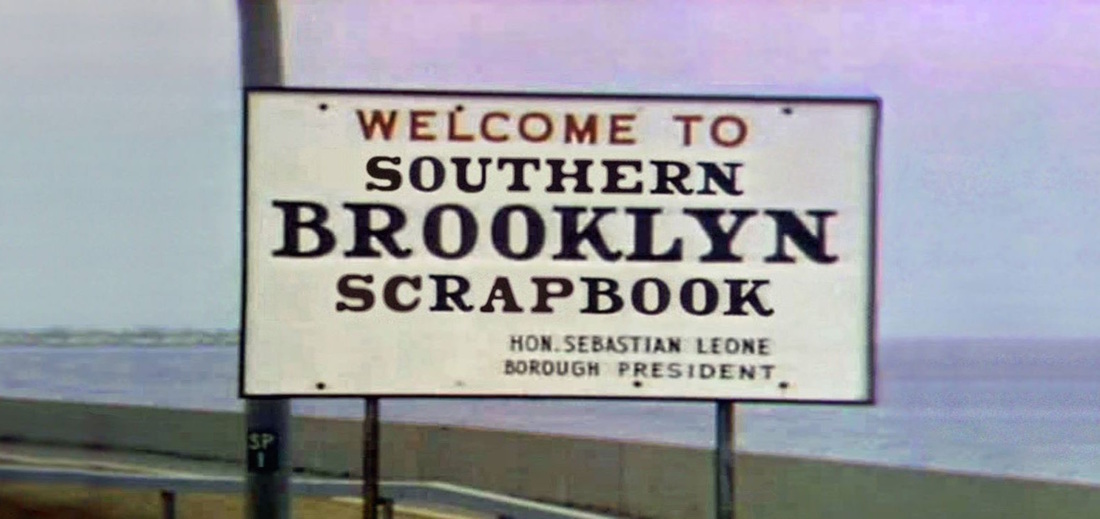
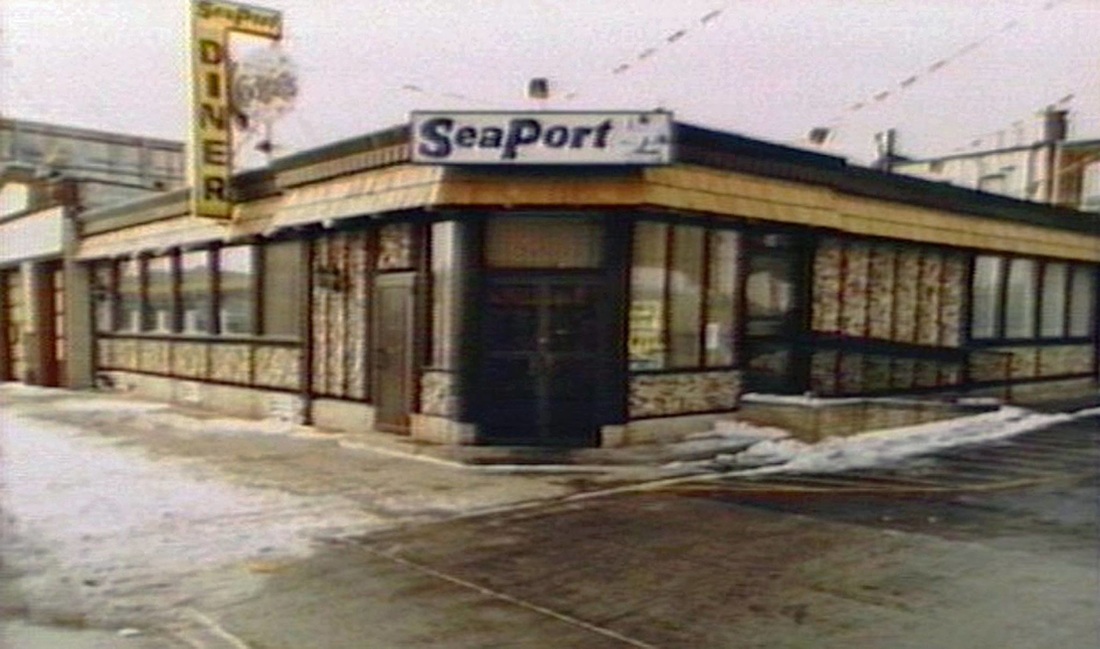
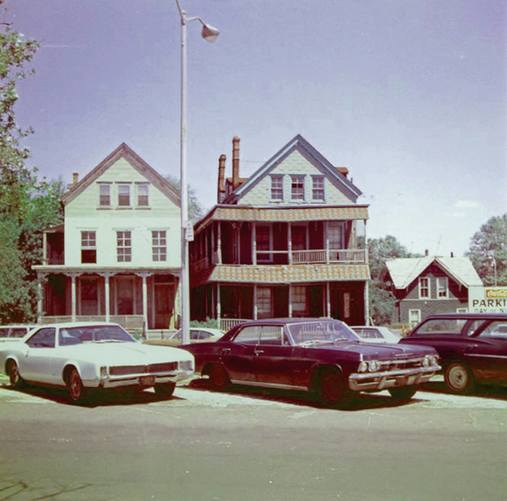
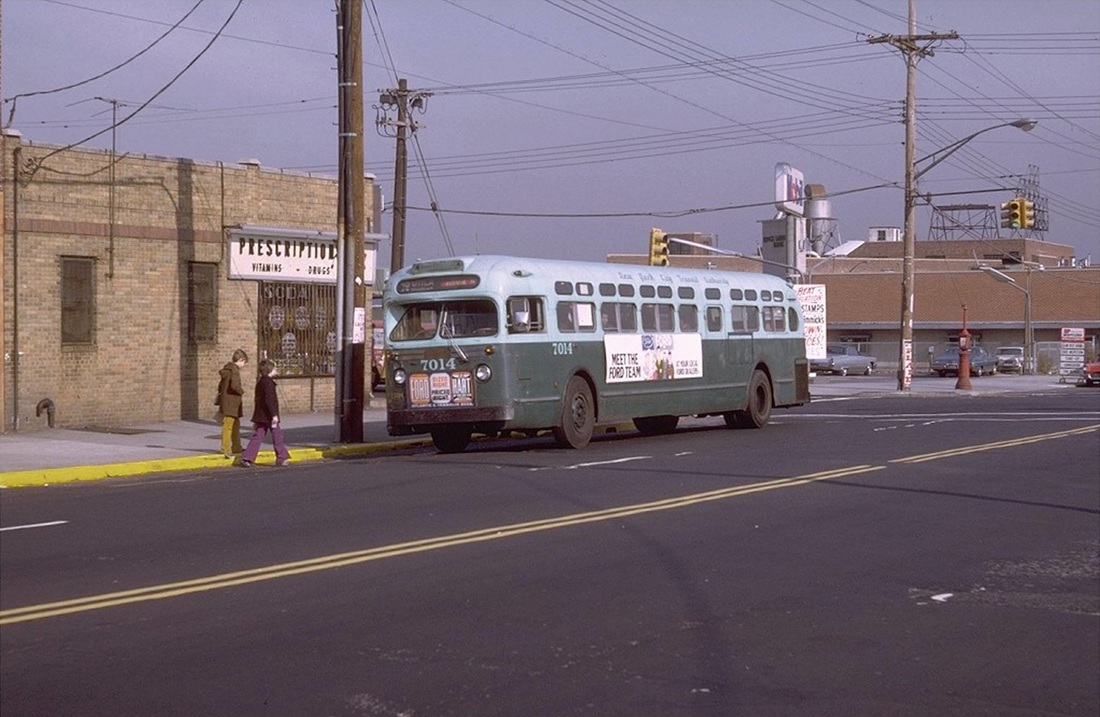
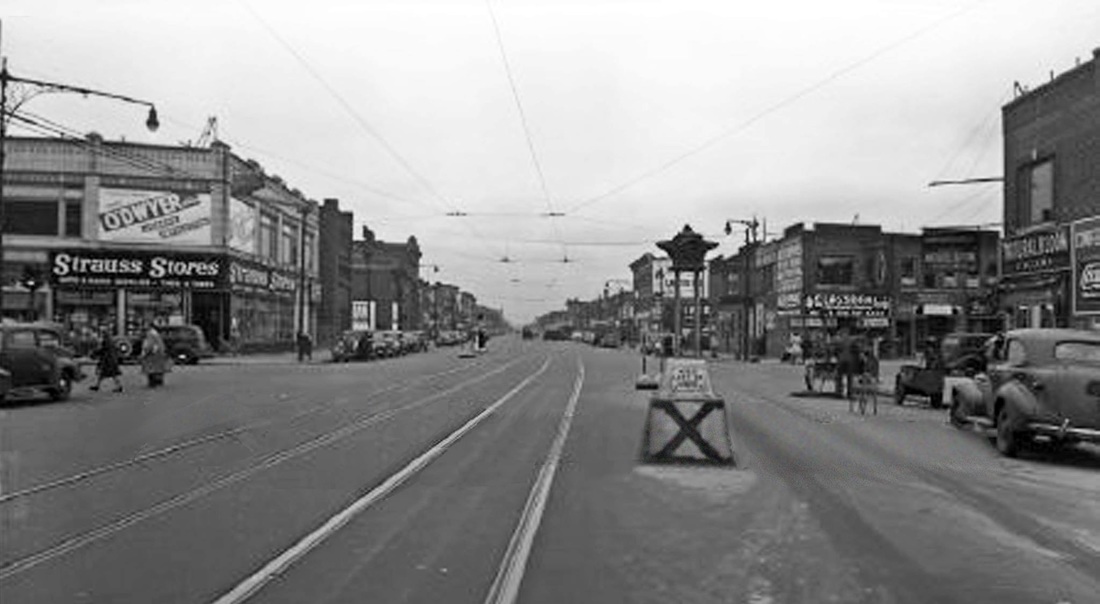
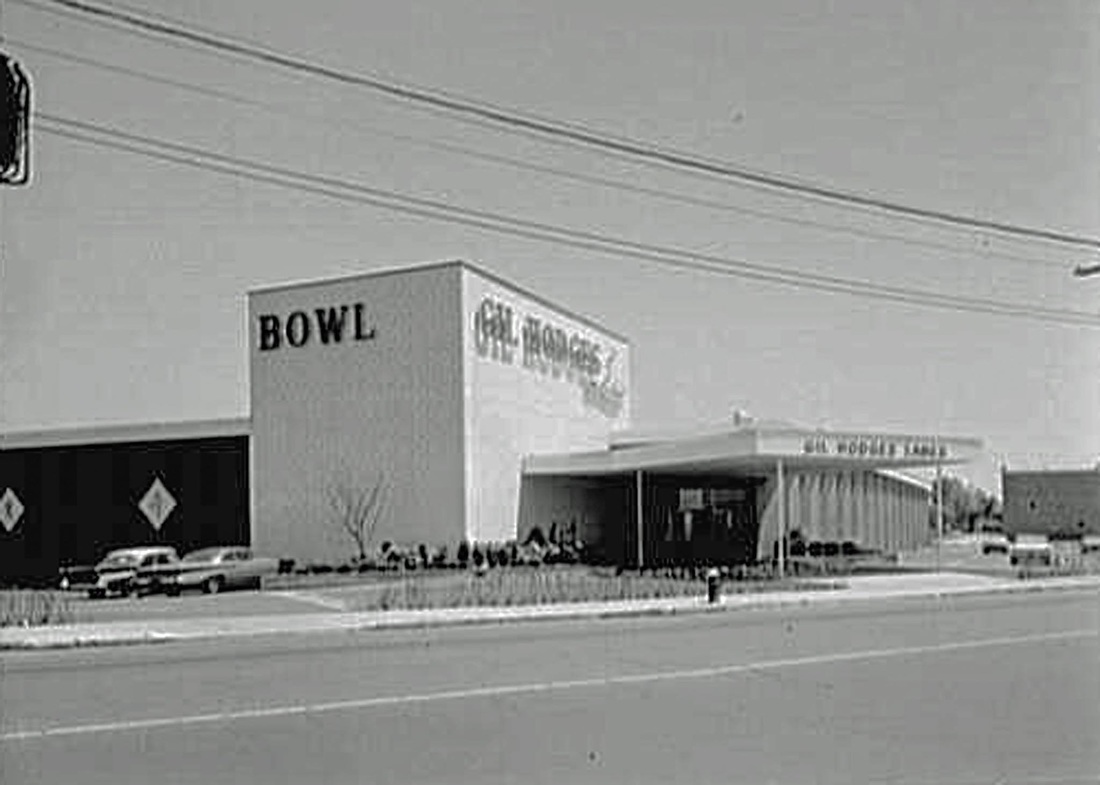

 RSS Feed
RSS Feed
